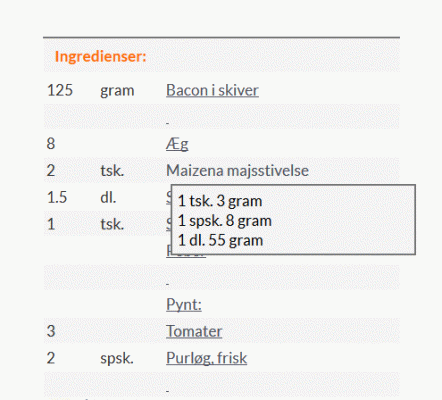CWS4322
Chef Extraordinaire
I try to buy #300 lemons (which are the smaller ones) when shopping for testing recipes. For stuff I cook at home, I shoot for a 6 oz. lemon because I know there are 2 Tbsp of juice and you get 1 Tbsp of zest.
An average head of garlic has 8 cloves. Of course, that's if I use my "Mexican lime squeezer" and not a reamer. Love my Mexican lime squeezer. Lemons (and limes) are something I always have in my house. So if I need more lemon juice, I just add more. I freeze lemon and lime juice when I get them on sale. Ditto for the zest.
An average head of garlic has 8 cloves. Of course, that's if I use my "Mexican lime squeezer" and not a reamer. Love my Mexican lime squeezer. Lemons (and limes) are something I always have in my house. So if I need more lemon juice, I just add more. I freeze lemon and lime juice when I get them on sale. Ditto for the zest.




